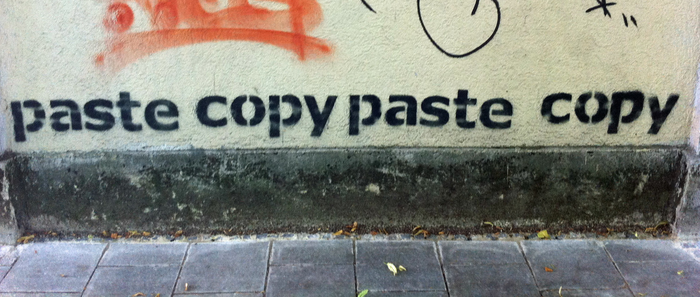Multiple divergent retrocopies of the well-characterized Ku70 gene were identified in humans and other primates.
The last 63 million years of primate evolution have been strongly shaped by genetic retrotransposition; thousands of genes and proteins with new functions have evolved from retrocopies scattered throughout the genome. These retrocopies arise when retrotransposons reverse transcribe a cellular mRNA and insert the resulting cDNA copy back into the genome.
A recent study published in G3: Genes|Genomes|Genetics characterized a new family of five retrocopies in the human genome. These retrocopies—which researchers named NUKUs—are derived from KU70, a highly conserved gene that encodes a ubiquitous protein involved in DNA double-strand break repair.
“Many people think retrocopies are junk DNA, but there are many examples where they have functional relevance in humans and other organisms,” says lead author Paul Rowley of the University of Idaho. Rowley and his collaborators found that NUKUs are among those retrocopies that may have a function that differs from that of the original parent gene.
The long journey to identifying and characterizing NUKUs
More than 10 years ago, scientists studying Ku70 performed a BLAST search for the gene in the human genome. They noticed that additional genes came up in the search results, often truncated or missing introns.
“It raised some eyebrows, because very few other genes in the DNA double-strand break repair pathway have this many retrocopies,” says Rowley. Since that initial observation, numerous scientists have contributed to the ongoing process of characterizing these NUKU retrocopies.
Through experiments, the researchers demonstrated that NUKUs are transcribed in human tissue. To determine whether these retrogene transcripts were capable of producing proteins, they mined existing Ribo-seq (ribosome profiling) datasets to look for unique NUKU transcripts that were easily distinguishable from Ku70 and other transcripts.
“The day when we confirmed the ribosome association of the transcripts—that was a good day,” says Rowley. “We had already spent a lot of time showing that NUKUs are transcribed, but without ribosome association, any case for full protein translation is pretty much dead in the water.”
Rowley emphasizes the collaborative nature of this work. “Being supported through the Institute for Modeling Collaboration and Innovation enabled me as an empiricist to bring expertise in molecular and computational modeling on board, which really strengthened the paper and laid better groundwork for future studies,” he says.
Hypothesizing functionality
The researchers have not yet determined the functionality of NUKU genes, but they know enough to conclude that they aren’t exact functional duplicates of Ku70.
“You would imagine that a retrocopy would function as a bona fide copy of its parental gene, but if these proteins are doing something in the cell, they certainly seem to have lost their canonical function through truncation and specific mutations,” says Rowley.
The Ku70p protein interacts with Ku80p, the other half of the eukaryotic Ku heterodimer. Through computational modeling, collaborator Jagdish Patel demonstrated that the mutations in the NUKU retrogenes would disrupt the NUKU proteins’ ability to bind Ku80p. Without the ability to form a heterodimer, it is unlikely that NUKUs are involved in DNA double-strand break repair. Their expression patterns suggest divergence too: while Ku70 is expressed fairly ubiquitously, NUKU transcripts show greater tissue specificity. Together, the study’s results suggest that NUKUs evolved rapidly during primate speciation and that the genes developed novel functions separate from Ku70.
Future studies will aim to identify possible functions of this familiar-yet-distinct gene family. These studies might also provide broader evolutionary insights by revealing factors driving the selection of specific mutations in NUKUs, such as regulation or interactions with pathogens or other host proteins.
CITATION
NUKU, a family of primate retrocopies derived from KU70
Paul A Rowley, Aisha Ellahi, Kyudong Han, Jagdish Suresh Patel, James T Van Leuven, Sara L Sawyer
G3 Genes|Genomes|Genetics 2021; jkab163













